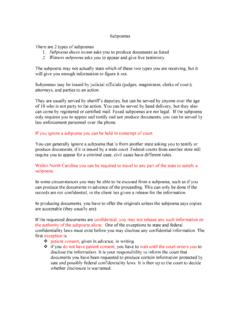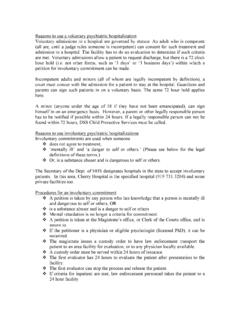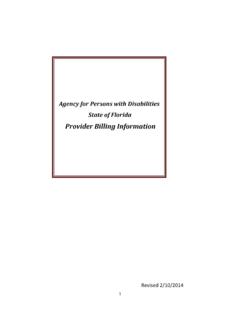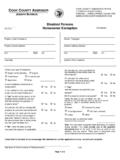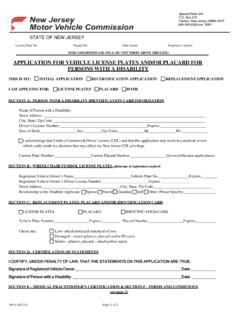Transcription of Suicide Assessment SAD PERSONS - Cape Fear Psych
1 Suicide Assessment SAD PERSONS Prediction of Suicide is never easy. However, there are known risk factors, and cumulatively they may offer a better accuracy of prediction for suicidal risk. One method goes under the acronym SAD PERSONS . It was originally described by Patterson et al (1) and has been reviewed by Juhnke (2). Juhnke also adapted the scale for kids (3). S: Sex. Men are more likely to commit Suicide than women. Males kill themselves about four times more often, although females make far more attempts. A: Age. The ages which are most dangerous for Suicide vary over time.
2 You should consult current statistics. As this is being written in 2006 individuals 15 24 have an elevated risk. Suicide is the third leading cause of death in this age group. However, estimates exist which suggest that people this age making attempts outnumber actual suicides by a ratio of 100 400 times. Males over age 75 are also known to be at high risk. Current demographics suggest that women in the 45 54 age group are highest, but females in older or younger age ranges are not that different. After age 65 individuals as a whole have an attempt to completed Suicide rate of about 2:1.
3 Up to age 65, it is about a 7:1 ratio. D: Depression. The Suicide rate for those who are clinically depressed is about 20 times greater than for the general population. Hopelessness is one aspect of depression that has a close tie to Suicide . These two issues, depression and hopelessness, are the strongest predictors of wishes for a hastened death. P: Prior History. Roughly 80% of completed suicides were preceded by a prior attempt. E: Ethanol abuse. Alcohol and/or drug abuse increase risk. R: Rational thinking loss. Psychosis ( I heard a voice saying I should kill myself') increases risk.
4 Some estimates suggest that 20 40% of schizophrenics make an attempt at some point, and the risk is highest early on in the illness. S: Support System Loss. Loss of support can vary tremendously. With kids and adolescents it can be the break up of their first puppy love' which they can take very seriously even though others like parents may view it as a trivial event. Other lost relationships for adolescents can include parents divorcing and remarrying someone else. Even a parent who is divorced or separated and living with a new person can be a trigger for adolescent Suicide .
5 The death of a relative, such as grand parents, can be another trigger for kids. Loss of a spouse can be devastating to some. Loss of a parent within the past 3 5 years increases risk of Suicide . Among older individuals, men who are widowed, and women who are divorced or separated are at increased risk O: Organized Plan. This speaks for itself. Having a method in mind creates more risk. N: No Significant Other. See S' above. S: Sickness. Terminal illness, such as cancer and AIDS, also carries with it a 20 fold increase in risk of Suicide compared to the general population.
6 Scoring System 1 point for each positive answer on the above. Score Risk 0 2 No real problems, keep watch 3 4 Send home, but check frequently 5 6 Consider hospitalization involuntary or voluntary, depending on your level of assurance patient with return for another session 7 10 definitely hospitalize involuntarily or voluntarily References 1) Patterson, W, Dohn, H , Bird, J, Patterson, G. Psychsomatics, 1983, 24, 343 349 2) Juhnke, SAD PERSONS scale review. Measurement & Evaluation in Counseling & Development, 1994, 27, 325 328 3) Juhnke, ( The adapted SAD PERSONS : As Assessment scale designed for use with children Elementary School Guidance & Counesling, 1996, 252 258.


